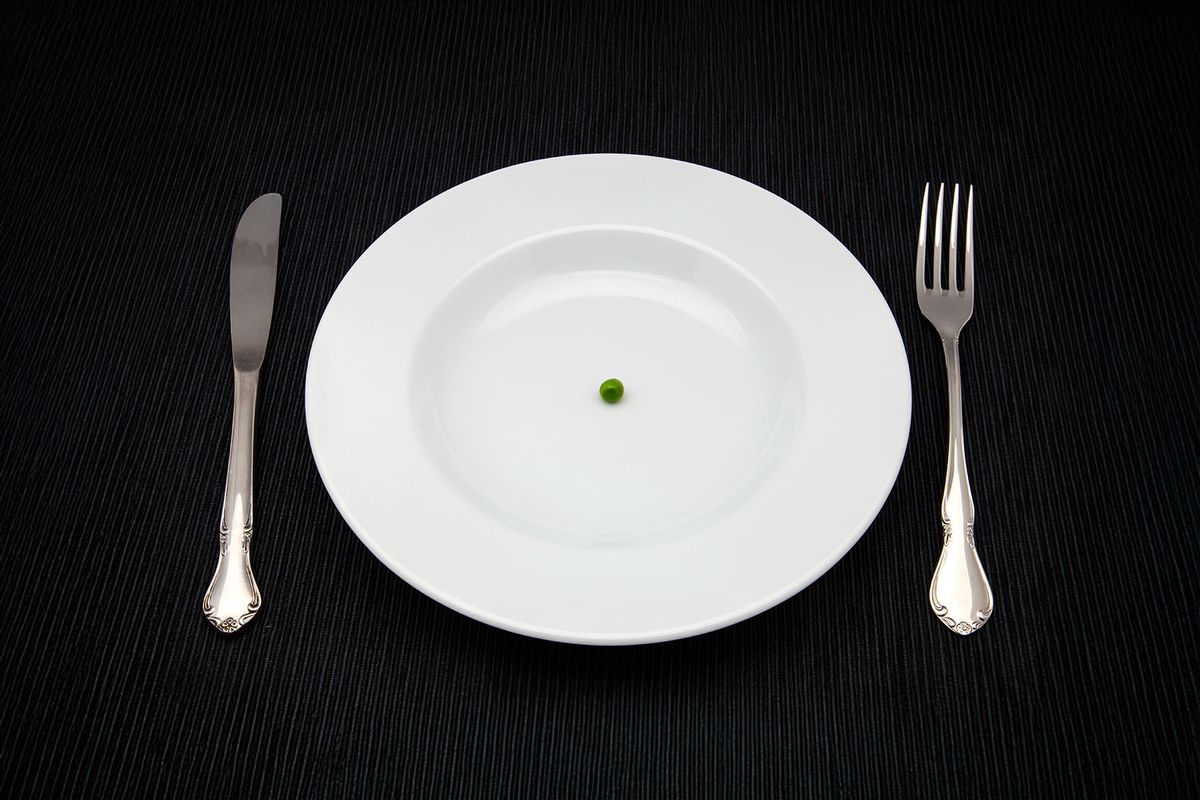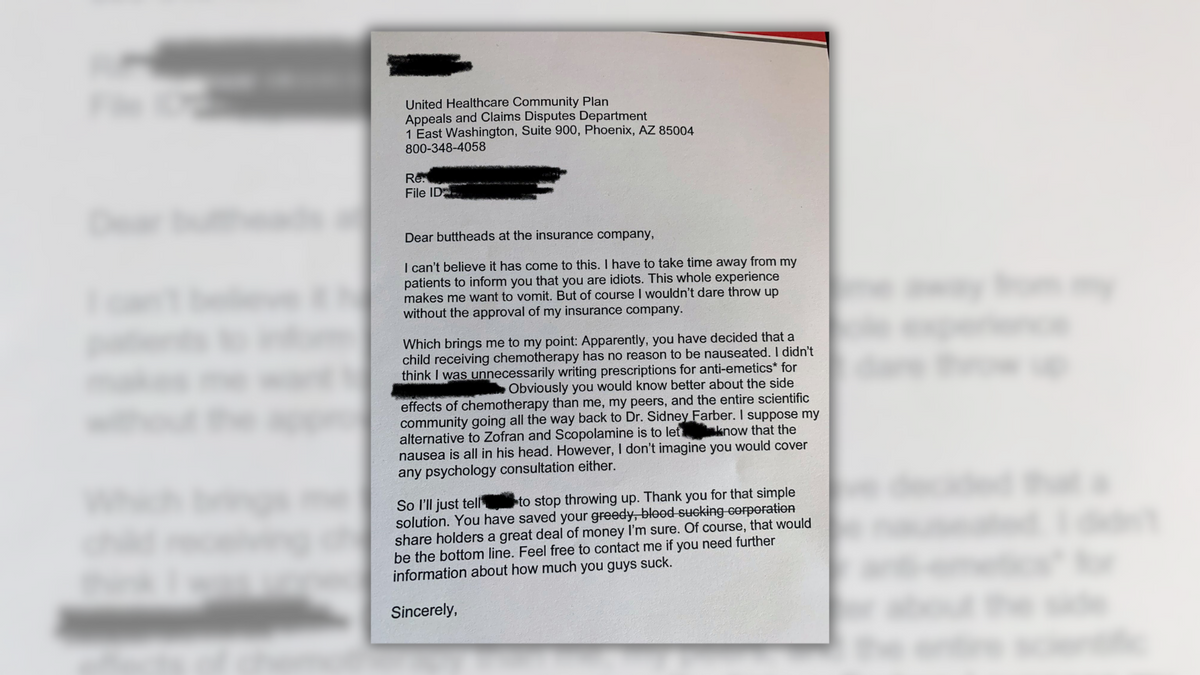Child Eating Disorders: Spotting Red Flags and Treatment Strategies |

The first step is to be able to identify eating disorders in children.For this, it’s essential that schools raise awareness around it for teachers and parents. Currently, there is a lot of stigma around child mental health. Parents refuse to acknowledge the child is struggling until the eating disorder gets out of control and can cause significant weight gain or loss. Even then, given the culture we live in, most people are unaware that diet culture and thinness are eating disorders in disguise.
To start with, it’s important for parents to note if the child is eating too much or too little, their attitude and behavior around food, and whether they are lying about their intake. Does the child binge and then go vomit?

Image: Canva
Avoidant/Restrictive Food Intake Disorder (ARFID) is another eating disorder that can occur in younger children or adolescents. It involves a disturbance in eating or feeding, which includes substantial weight loss or a lack of expected weight gain, and nutritional deficiencies. ARFID can lead to dependence on a feeding tube or dietary supplements.
The red flags to look out for are as follows:
1. BODY INSECURITY
2. FEAR OF EATING IN FRONT OF OTHERS
3. Excessive focus on body and selfie obsession
4. Develops unusual sleep patterns and a sensitivity to cold, feels faint or tired, menstrual cycles stop or become irregular.
5. Consider certain foods or food groups completely off-limits. Preoccupied with dieting, fat grams, or calories. Equates eating with self-control. Lack of interest in food
6. May compensate for eating through vomiting, laxative, or diuretic abuse, or other substances. Leave the table soon after the meal to purge.
7. Frequently consumes very large amounts of food and seems out of control during these binge-eating episodes. Shows a pattern of eating when not hungry and eats to the point of discomfort.
8. SECRETIVE EATING
9. Withdraws from usual friends and activities. Isolates and gets moody, especially after eating. May make continual excuses about not being able to eat with peers.
10. Eating rituals: Obsessively cuts food into small pieces or arranges food to create the appearance of actually eating, while little or no food is consumed.
11. Lying about food eaten

Image: Canva
Treatment
If your teenager has been diagnosed with an eating disorder, or you suspect your child is struggling with one, the best thing you can do is be supportive and proactive. Be supportive by talking to your teen, encouraging positive eating habits and self-love, and getting involved in their recovery. Be proactive for your teen by finding them age-appropriate treatment for eating disorders and taking steps to educate yourself about eating disorders in adolescents.
It is a MUST that you contact a qualified psychologist who has experience in working with eating disorders. Do not see a therapist who lacks proper training or training in trauma. It can be more damaging.
Eating/providing nutritious meals and maintaining a healthy exercise regime. This can set an example for your teen to do the same. Teach your teen about proper nourishment and fuel for the body, as well as the benefits of physical activity to stay strong and healthy (not to lose weight).
Here’s what your snoring habit is telling you about your liver
Encouraging intuitive eating. In addition to teaching your teen about healthy eating, talk to your teen about the importance of intuitive eating—or, listening to their body when it comes to food intake. Teach them how to eat when they are hungry and stop when they are full.
Fostering self-love and acceptance. Love your own body and do not talk about weight. Be an example and encourage your teen to love their body, too. Look for positive qualities in your teen and compliment them. Tell your teen how much you love and support who they are.
Showing acceptance for all types of bodies, shapes, and sizes. Do not be critical of other people’s weight or size. Let your teen know that “thin” does not mean beautiful, despite what the media might show.
Avoiding criticism and negative talk. Do not comment on your teenager’s weight or appearance. Instead, try complimenting your teen more often and acknowledging their efforts to be healthy and happy. Similarly, do not make comments about certain foods that are “bad” or “good,” and instead, talk about food as though it’s a balance.
Getting your teen involved in mealtime. Encourage your teen to help with planning family meals, go grocery shopping with you, and prepare food. Make these activities fun and educational. Be gradual, and do not force this, especially if your teen is uncomfortable around certain types of food.
(By Mansi Poddar, India’s renowned psychotherapist and founder of the Heal.Grow.Thrive Foundation)
link





